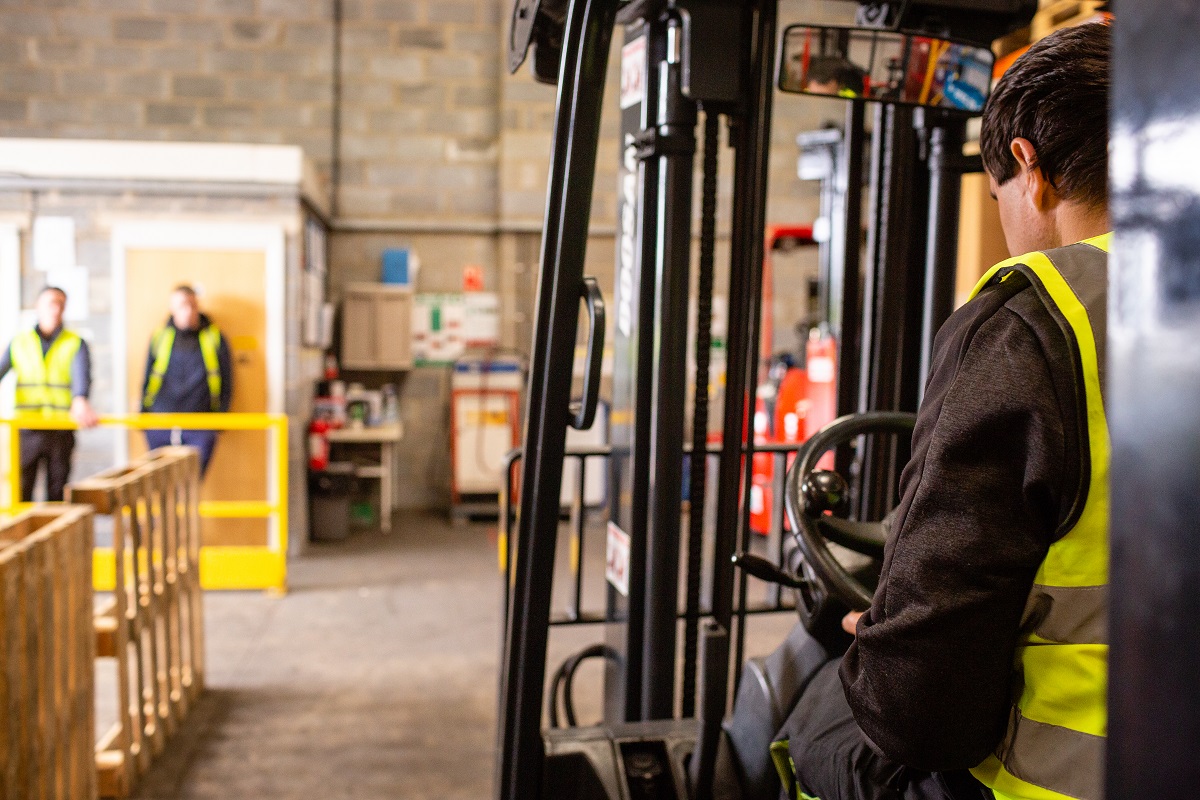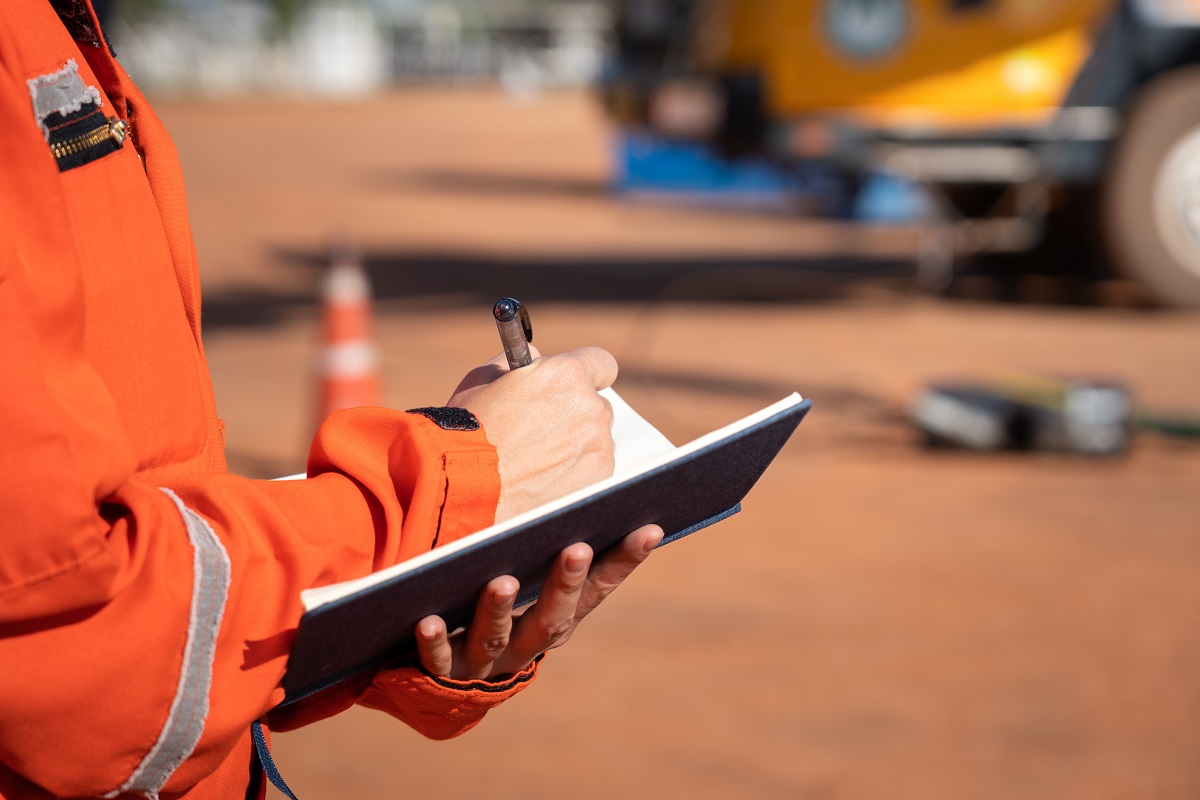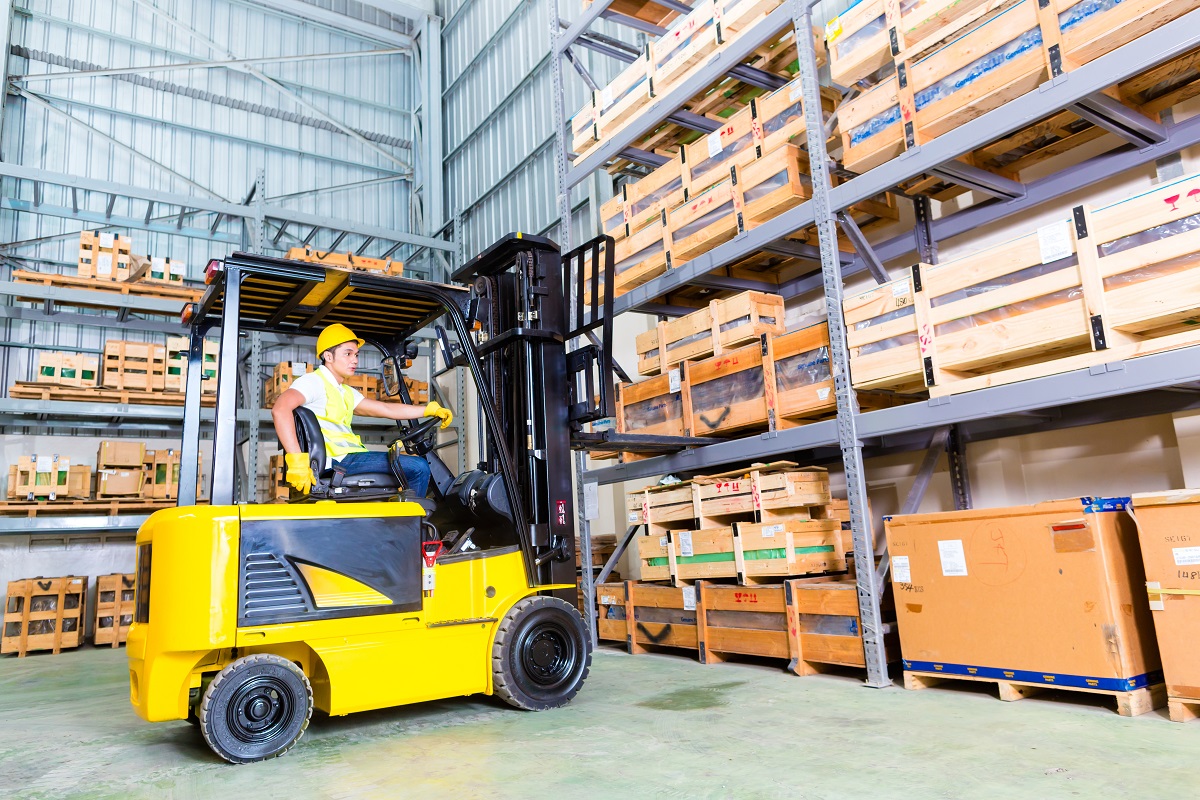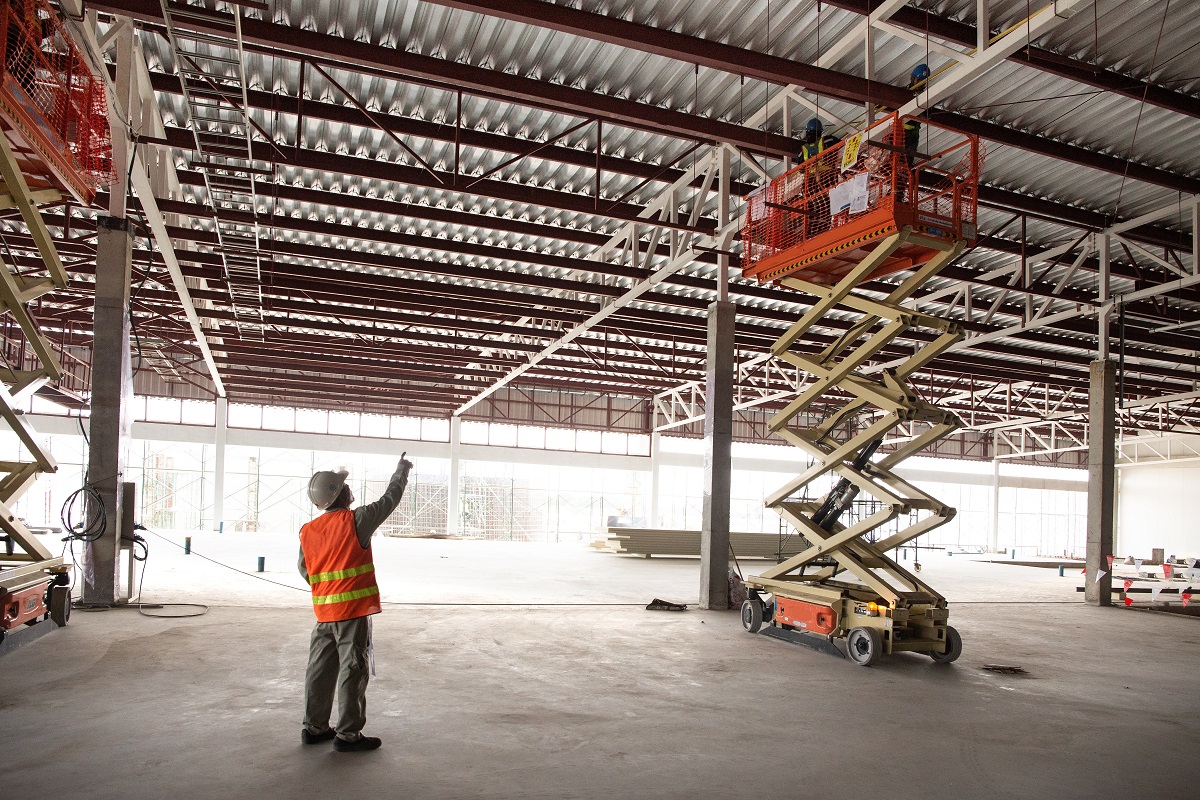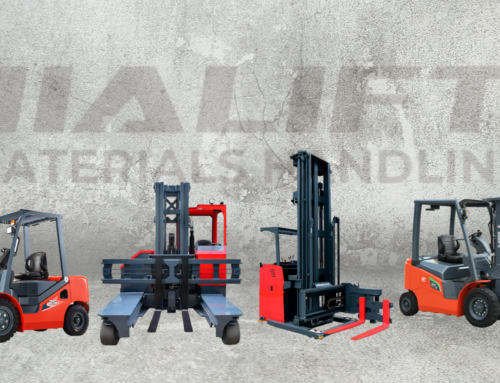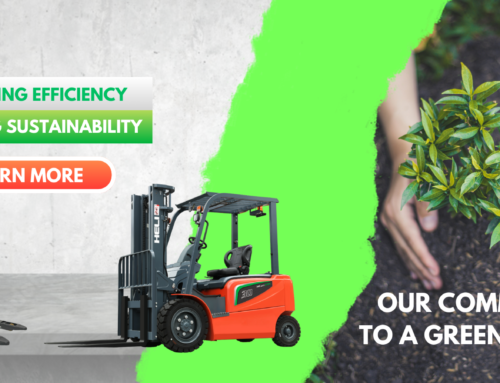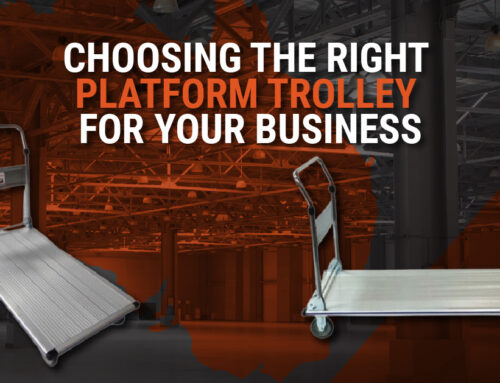Lifting equipment plays a crucial role in the day-to-day operations of warehouses. It helps move heavy loads accurately and efficiently, saving time and reducing the risk of injury. However, it’s important for warehouse owners, managers, and workers to understand the Australian Standards that govern the use of material handling equipment. By following these standards, not only can they create a safe working environment, but they can also ensure compliance with the law. In this article, we’ll explore the importance of following these standards, the different types of lift equipment, why inspections are necessary, and how to make your warehouse a safe and productive place to work.
Australian Standards and Their Role in Ensuring Safety
In Australia, lifting equipment such as electric forklifts or walkie-stackers needs to comply with safety standards for warehouse work. These standards are designed to minimise risks, prevent accidents, and protect workers and property. By following these guidelines, warehouse owners and operators can create a strong safety framework, reducing the potential for equipment failure and human errors during high-risk work.
Types of Lifting Equipment and Their Applications
Australian warehouses use different lifting equipment, like pallet jacks and scissor lift tables, for specific tasks. Knowing the unique features and uses of each type of lifting device helps warehouse workers choose the right equipment for different lifting needs. This maximises productivity and enhances the safety factor around high-risk work in the warehouse. By selecting the right lifting gear for each task, workers can reduce the risk of accidents and injuries, protect property and products, and ensure compliance with Australian Standards lifting equipment has to be legal.
The Importance of Periodic Inspection
Periodic inspection is a fundamental aspect of maintaining the reliability and safety factors of your lifting equipment. A regular inspection frequency to ensure that the lifting devices are free from things like defects, wear and tear that can impact and compromises performance. This type of proactive approach significantly reduces the risk of accidents caused by faulty equipment and prolongs the lifespan of the lifting gear, ultimately saving on maintenance costs and improving overall efficiency.
Complying with Australian Standards
To legally use lifting equipment in warehouses, ongoing dedication and watchfulness are required to comply with Australian Standards. Regular inspections, equipment testing, and record-keeping ensure that the equipment is safe for workers. Inspections check for wear and tear, damage, and malfunction, with defects repaired immediately. Testing ensures that the equipment can handle weight and workload limits while tracking their performance and recurring issues allows for timely maintenance. By following these standards, warehouse operators demonstrate their commitment to safety, and compliance, and reduced the risk of accidents or injuries from faulty lifting equipment.
Ensuring Load Safety and Lifting Capacity
It’s crucial to understand load limits and each piece’s working load limit to maintain safe lifting operations. Overloading lifting equipment can cause catastrophic failures, so it should never be done. Rigorous testing is necessary to determine proof load and working load limits and ensure that the lifting gear is used within its designated capacity. This minimises risks and improves overall safety.
The Role of Competent Personnel
To maintain safety standards for lifting equipment, it’s important to have competent personnel who can handle inspection, testing, and maintenance tasks. These individuals have the necessary knowledge and expertise to identify potential issues and take corrective measures quickly. Engaging competent personnel ensures that all aspects of lifting equipment meet the required standards, which improves safety and enhances overall workplace efficiency.
Visual Inspection and Height Safety
Visual inspection forms an integral part of the overall inspection process for lifting equipment. It allows for the detection of apparent defects or damages that may not be immediately noticeable during regular operations. Additionally, implementing height safety measures, such as safety harnesses, is vital for workers operating at elevated positions to minimise the risk of falls and injuries, fostering a secure and hazard-free work environment.
International Standards and Their Significance
While Australian Standards are essential for ensuring safety and compliance within the country, international standards also play a significant role in the global context. Complying with international standards enhances the credibility of warehouse operations and ensures that the lifting equipment meets universally recognised safety benchmarks. This global approach to safety further strengthens the reputation of the warehouse and its commitment to safe practices.
Best Practices for a Safe Workplace
To create a safe workplace, warehouse owners and managers should follow these best practices:
- Regular Inspections: Inspect lifting equipment often, as recommended, and fix any problems quickly to keep it working well.
- Training: Train workers how to use lifting equipment and follow safety rules, so they know how to use it safely.
- Safe Lifting Points: Use the right lifting points on loads to keep them balanced and prevent accidents.
- Emergency Plans: Make plans for emergencies and practice them, so everyone knows what to do and how to stay safe in case of accidents or equipment problems.
Check Out Jialift’s Collection
Choosing the right lifting gear, whether that’s a counterbalance forklift, pallet jacks or even new lifting attachments, can not only increase efficiency within but also lift your safety factor overall. Jialift Australia understands the importance of meeting Australian standards lifting equipment needs to be legal and safe in a high-risk workplace. We hold all of our handling machinery and equipment to the lifting standards that their original country sets to know personally, that everything that leaves our own warehouses is up to the highest of standards. It also allows for customised products that can best fit your area of work. You can check out our entire collection of material handling equipment on our website here and trust that they meet Australian standards and that we prioritise efficiency and a safe workplace.


